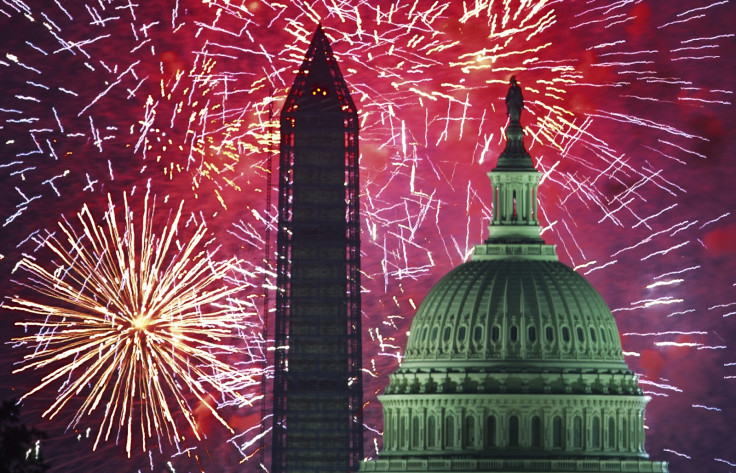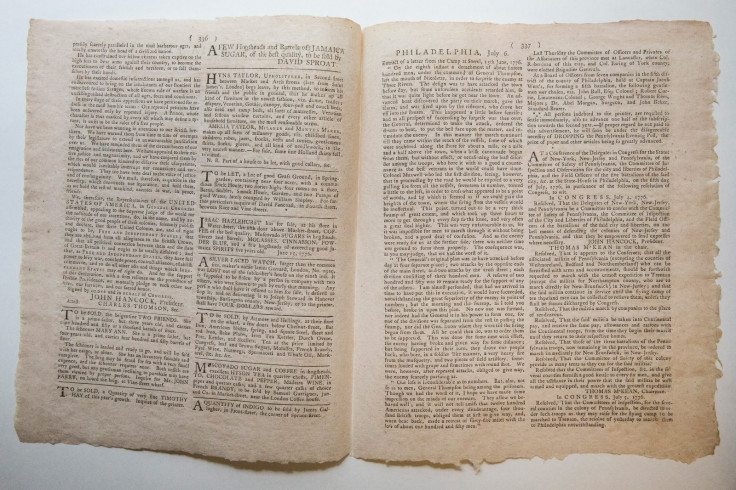US Independence Day 2015: Ten facts about Fourth of July and Declaration of Independence

Independence Day is nearly here, bringing celebrations, parades and fireworks to celebrate the federal holiday. To mark the commemoration of the adoption of the Declaration of Independence on 4 July 1776, here are ten facts about the history of the day:
A note written upside down on the back of the Declaration of Independence document reads: "Original Declaration of Independence dated 4th July 1776." The author of the note is unknown, although it is believed it served as a label.
Independence Day was formally declared on 2 July 1776, when Congress approved the final text of the declaration. It was not signed until 2 August 1776.
Three of the first five presidents died on the Fourth of July. Two of them, John Adams and Thomas Jefferson, died on the same day in 1826, while the fifth president James Monroe died five years later in 1831.

Robert Livingston, a member of the Provincial congress of New York, was one of the committee of five to draft the Declaration of Independence – but he was recalled by his state before he was able to sign the final version.
John Hancock, president of the Second Continental Congress, signed the declaration first but his large, elaborate signature left little room for the others. The autograph became so famous that the term "John Hancock" is still used as a slang term for signature in the US today.
The Declaration of Independence has five parts: the Preamble, the Statement of Human Rights, Charges Against Human Rights, Charges Against the King and Parliament and the Statement of Separation and Signatures.
Around 900 copies of the Declaration were created by printer John Dunlap. Only 26 copies, referred to as "The Dunlap Broadsides" are left: 21 are owned by American institutions, two by British institutions and three are privately owned.

The Declaration was not celebrated on the date for the first 15 or 20 years afterwards. It became controversial due to bitter partisan conflicts in the 1790s. The Democratic-Republicans admired Jefferson and the Declaration, but the Federalists deemed the Declaration too anti-British and too French.
The signers of the Declaration of Independence did not all sign on the same day and none of the men were born in America.
Fourth of July celebrations became more common as years passed. In 1870, Congress declared 4 July to be an unpaid national holiday for federal employees. In 1938, Congress changed the legislation to make it a paid federal holiday.
© Copyright IBTimes 2025. All rights reserved.



















